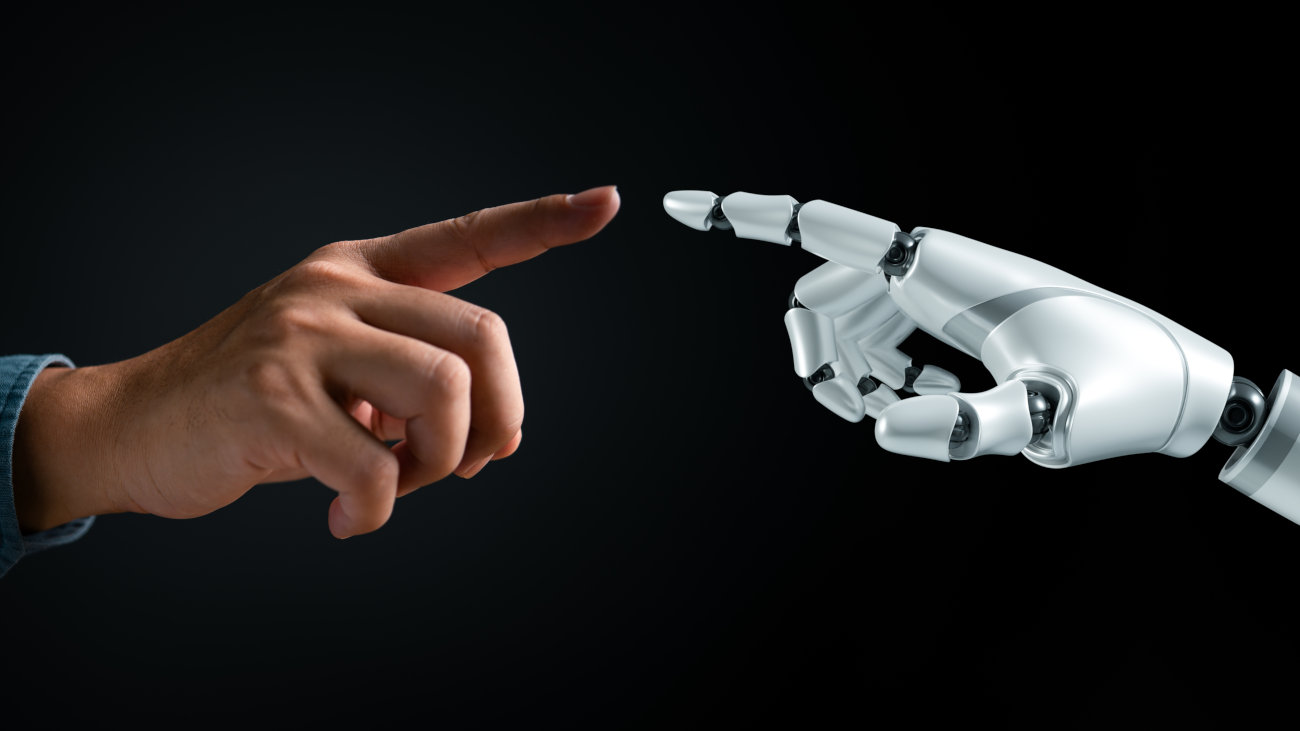
Expert insights on issues that transform business, increase sustainability and improve lives
Topics that matter
Here’s a snapshot of what we’re thinking about. Explore these highlights or view the full library to dive deeper into the ideas shaping our work.

Meet some of our passionate problem-solvers, constructive creatives and inspiring innovators

How robots can shape new ways of living
Our buildings strategy team is exploring how advances in robotics could support human activities on our projects – improving productivity, efficiency, safety and operational performance
The human-like behaviour and dexterity of robots has accelerated over the past two years due to advances in artificial intelligence. This opens up opportunities for robots to clean our buildings, sort our waste and care for us when we are sick
Robots could help us to build better and improve urban living, supporting our work on future cities, such as The LINE, one of the giga projects supporting Saudi Arabia’s Vision 2030
Learning how robots can benefit our projects
The UK’s national robotics research centre is putting the latest generation of humanoid robots to the test. The lessons learned can help us think differently about how we work, build and live.
The UK’s National Robotarium is an excellent place to visit if you want a glimpse into the future. On a recent trip with colleagues from our buildings strategy team, we learned how robots, integrated with artificial intelligence (AI), can support a wide range of human activities, helping to improve productivity, efficiency, safety and reshape urban living.
The Robotarium, a partnership between Herriot Watt University and Edinburgh University, is at the forefront of UK research into real-world applications of robotics. It was a real eye-opener to see how the human-like behaviour and dexterity of robots has evolved over the past two years due to advances in AI.

Robots have made big leaps forward in their fine motor control, natural language skills, applying rational logic, decision making and working in teams. On our visit, we saw how recent advances in the dexterity and sensitivity of robotic hands, combined with AI, mean a robot can understand what a balloon is and be able to pick it up and hold it gently without bursting it.
We also saw how robotic animals can be used to support dementia patients by responding to changes in their behaviour – for example, helping to calm a patient who is agitated or detecting if someone is going to the toilet too regularly and might have a urinary tract infection.
The Robotarium specialises in testing different types of robots to discover which ones are best suited for which tasks and industries. This intelligence is useful for a multidisciplinary business like ours, which is involved in major engineering, management and development projects across many different sectors.
It is particularly relevant to our work on future cities, such as THE LINE, a linear city which forms part of NEOM, the region taking shape in northwest Saudi Arabia.
THE LINE will be a 170km long, 500M high but only 200M wide futuristic and liveable city in the desert. As city infrastructure engineer, we are part of a team of world class urban designers and engineers helping to make this vision a reality.
How might robots play a part? Improving health and safety during construction and maintenance of the structure is a clear example. The most dexterous robots can carry out engineering tasks with great precision in dangerous working environments guided remotely by a technical expert in a virtual reality headset.
Agile and resilient robots would also be much better suited to cleaning the 500M-high mirrored exterior of THE LINE in desert heat than humans suspended from ropes in cleaning cradles.
Robots could also support the operation of future cities: teams of waste management robots could clean our cities, while gardening robots maintain healthy green spaces. At the Robotarium, we saw how robots have learned to sort recycling at twice the speed of a human, even plastics of different densities, and how they are learning to work as a group to complete tasks more efficiently.
Firefighter or paramedic robots could play a role as first responders in emergency situations, providing live links to humans with the right technical expertise. With the benefit of AI, robots are already learning the distinct behaviours, or personas, they needed to carry out these tasks.
As a business, we want to be an early adoptor of robotic technologies, which could improve the sustainability and resilience of the built environment. It is also an exciting time to work with partners and clients to explore future ways of living where humans and robots interact harmoniously.
You might also be interested in
Subscribe for exclusive updates
Receive our expert insights on issues that transform business, increase sustainability and improve lives.